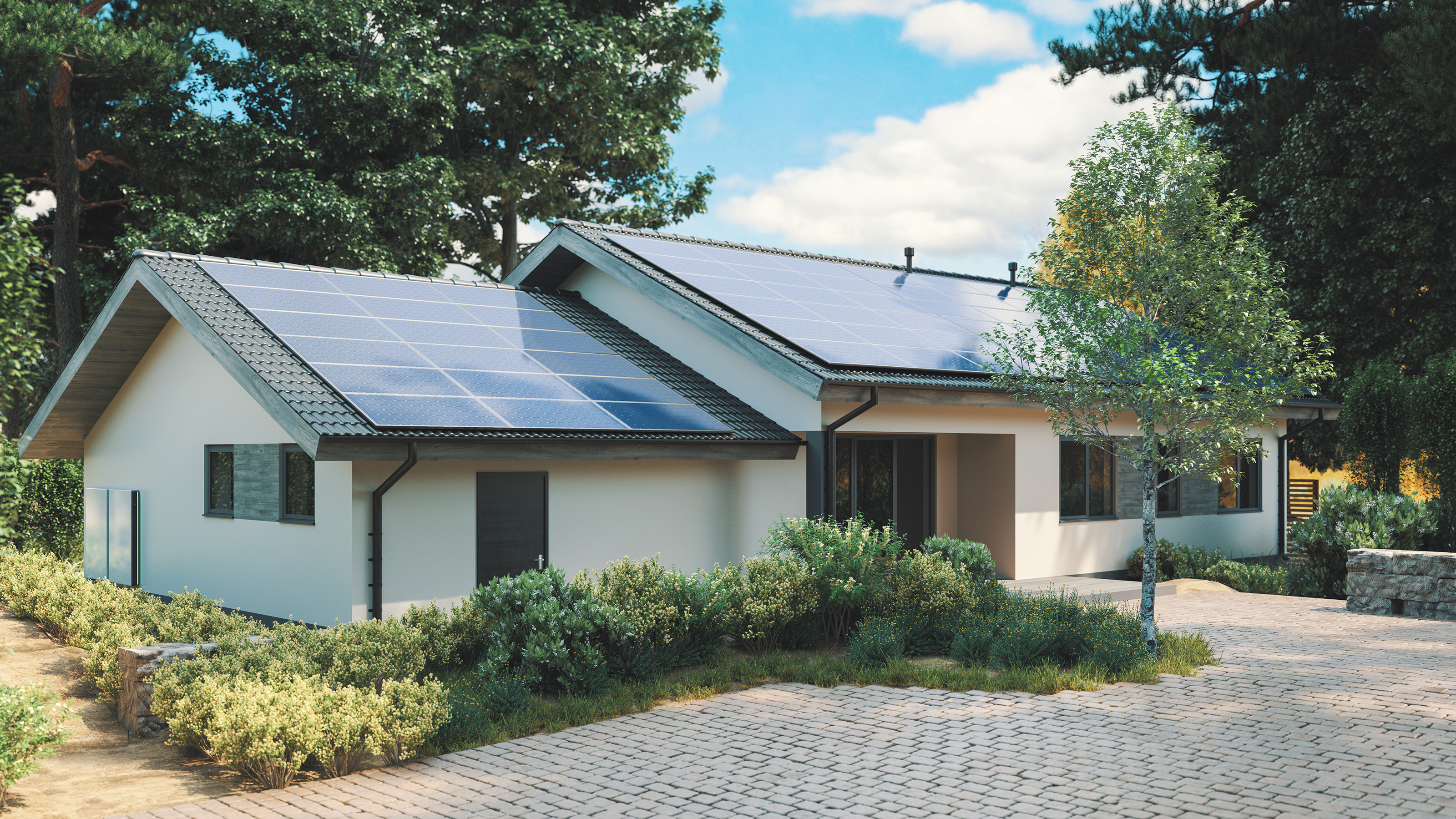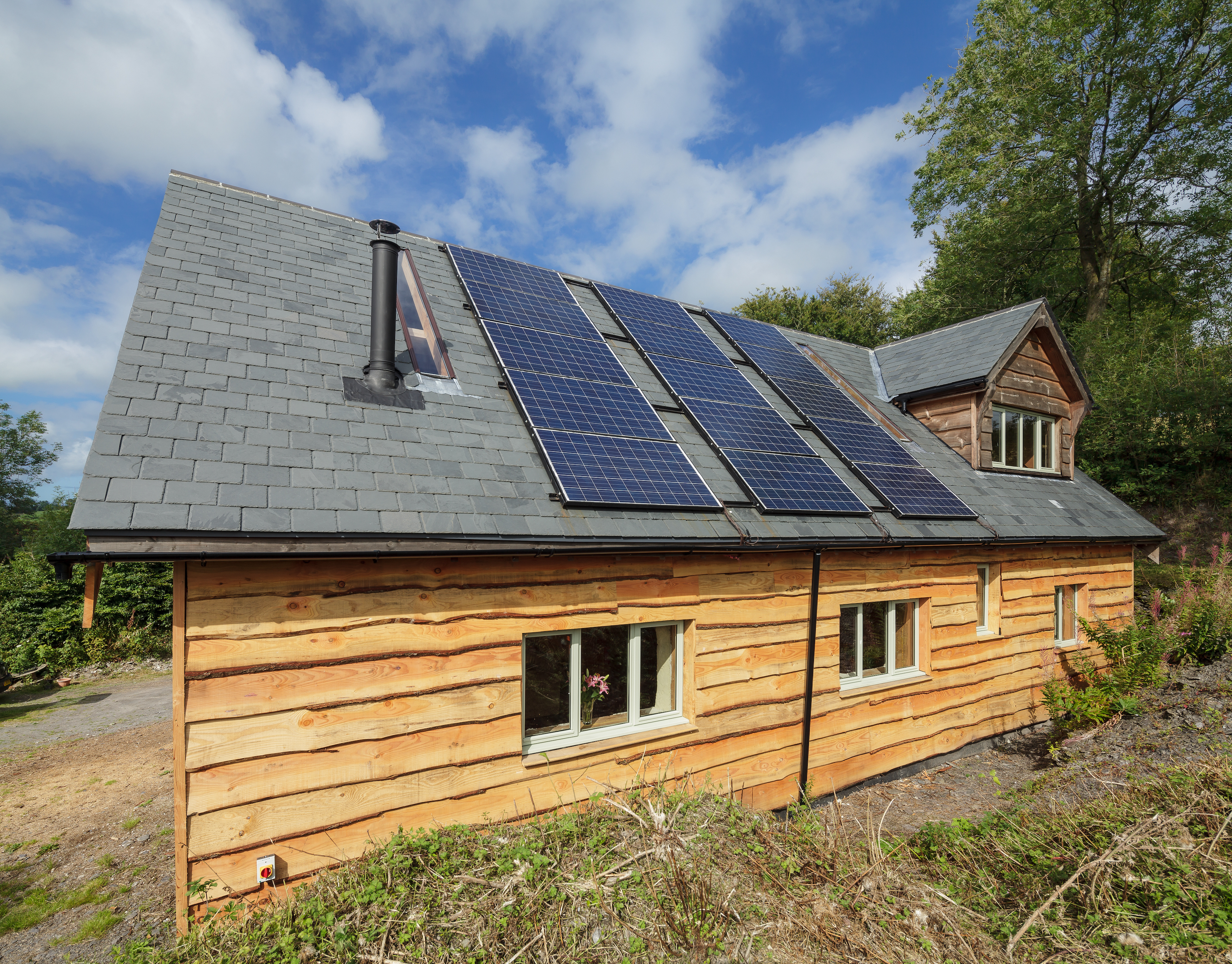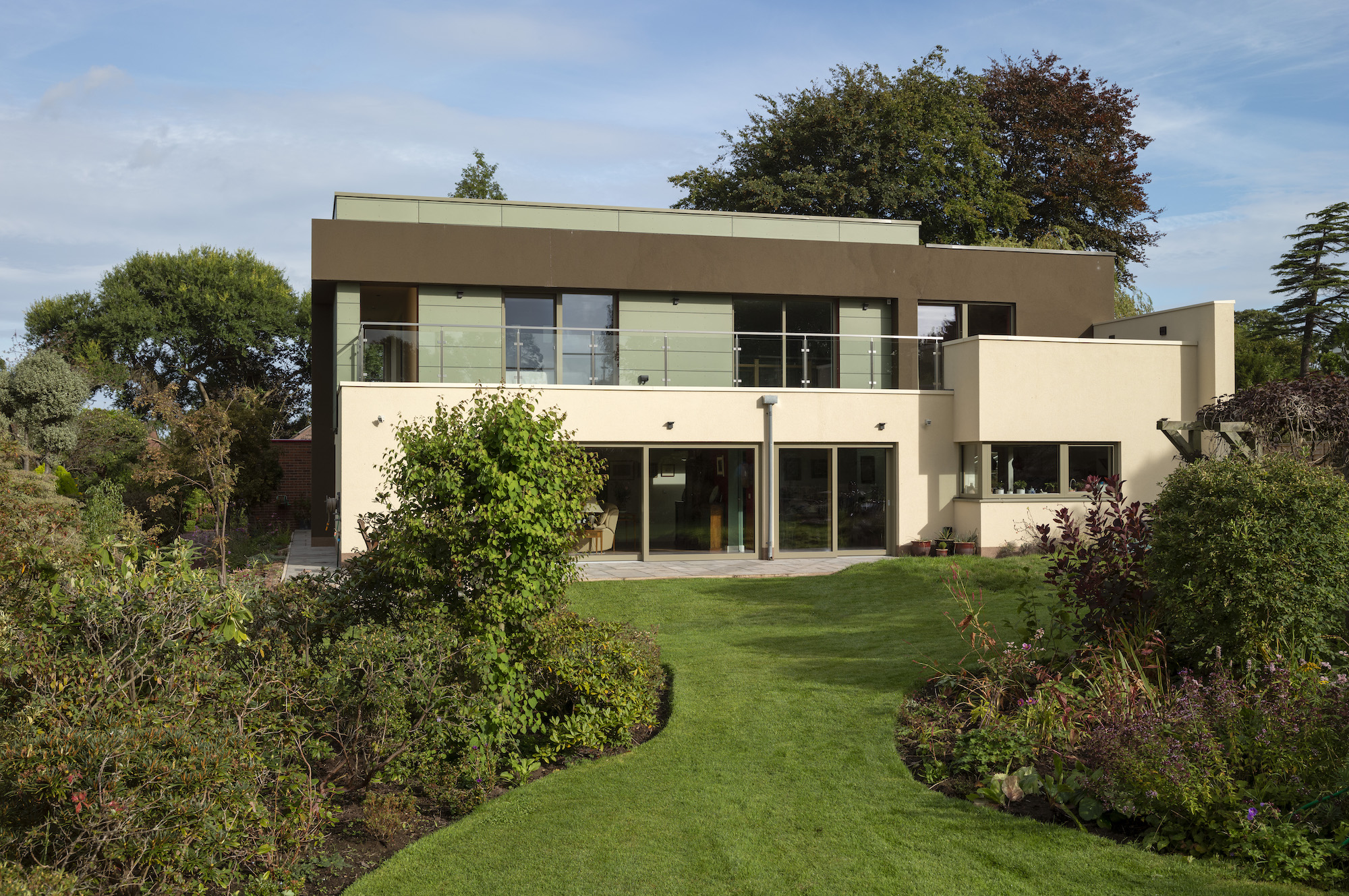How many solar panels do I need? Could you really live off-grid on just solar power?
Finding out 'how many solar panels do I need' is a great first step into the world of renewable energy. Our expert answers your questions

Asking 'how many solar panels do I need' is a practical and financial question to consider before adding this type of renewable tech to your home.
Not only are solar panels often costly, but you don't want to have everything installed only to find that the power generation is far below what you expected or perhaps need for your home and lifestyle.
We explore what affects the number of solar panels required for a house, and how to go about finding the perfect balance. And we delve into how many panels you might need to power a home off-grid.
How many solar panels do I need?
This will rather depend on factors such as your needs, whether planning permission is required and so on, but there are other considerations at play here.
Solar PV panels generate electricity from sunlight and as such are subject to the electrical installation rules and regulations. This means that on a grid connected home, a qualified domestic electrical installer can only install a maximum number of panels on a single phase supply so that they will never export more than 16 Amps back to the grid, which is around 3.75kW depending on the exact voltage.
Any higher capacity and you will need permission from the Distribution Network Operator (DNO). Given the output of modern PV panels this is around 10 panels.
If you have a three-phase electricity supply to your property and you are perhaps looking to create a solar powered house then you can connect 16 Amps per phase, or in other words, around 30 panels in total.
The sunlight available changes day to day and by area and the best way to check your expected production is to model the property using an online calculator. There are many free online solar calculators that will predict the annual generation at your postcode given the specific direction your home is facing and the pitch of the roof.
How many solar panels are needed to power an entire home?
Unfortunately, asking 'how much solar energy do I need to power my home' is a bit like asking how much diesel do you need in a car. We have no idea if you just do the school run or do over 600 miles a week like I do.
The average electricity and gas usage per year for the average house (apparently occupied by 2.4 people) is around 15,000kWh/yr.
If you try and do the maths and work out that you will generate more than five times more energy from solar panels in July than you will in December, but your energy use is much more in December than in July, then we get the following.
A solar PV array will not match your electricity use in the home because you will use energy at night and also the generation is a lot lower in winter when your use could be a lot higher. (For more information on this, take a look at our guide answering the question 'do solar panels work in winter?')
Depending on consumption you may need to allow for 2,000kWh in a cold month. Therefore if all your heating and energy comes from solar pv (photovoltaic) panels you will need around 70kWp — which equates to around 165 panels.
I would certainly not be encouraging everybody to install that many; the cost of solar panels alone make this extremely prohibitive and impractical.
We really need to find a balance because that number of panels may meet your winter requirements but you will substantially over generate in summer which is not good either as the grid may not be able to accept the excess generation.

Physically there is no minimum number when installing solar panels that you can put on your home other than the capacity of the panel itself which, for domestic homes, is somewhere around 250W to 550W. A 250W panel may measure around 1 metre wide by around 1.6m tall and a 550W panel is just over a metre wide by about 2.3m tall.
There are smaller capacity panels available, usually for campervans and road signs, all the way down to the little ones that power garden features, but for domestic home applications we do not usually see them smaller that around 250W.
I would however not advise fitting only one panel as the benefits will be negligible. Anything lower than around 2kWp (peak output capacity) and I think that you will struggle to achieve a good payback. 2kWp is around four to five good panels.
On a smaller property it is best to measure the area of the south facing roof and then see how many panels will fit on the roof. Remember to leave a margin of around 500mm around the edge of the roof to avoid additional wind lift of the panels and avoid any rain and snow rolling off the panels and overshooting the gutter.

Can I power my house with only solar power?
It is not possible to power your house all the time solely from solar panels as you would need to have some energy available when there is no sunlight such as at night or on the darker days of winter.
If we assume that you would add battery storage then you may be able to cover some of the times when the sun does not shine, like at night, but when we get deeper into winter the solar resource is simply not there to recharge the batteries enough to last unless you either have an exceptionally low energy requirement or a very large PV array.
The thing to think about here is that in the UK there is more than five times more solar energy available in midsummer than there is in midwinter so if you have a solar array that is large enough to cover your winter needs then you will have way too much generation in summer. Although this type of system is theoretically possible to design and build it will in all probability not be financially viable.
How many solar panels does it take to run a house off- grid?
The number of panels required to run a home off grid will be directly proportional to the amount of energy that the home will consume and the capacity of the battery storage that you have.
Most of the time the solar panels are not the only electricity generation technology on site as you may have a wind turbine and perhaps some sort of back-up generator for emergencies and high demand times. The electrical load of the home can be designed just for lighting and entertainment equipment as well as fridges but if you are running your heating and cooking from the electrical supply then your load requirements will increase exponentially.
On a dull day in winter you may only get 1kWh of generation per day for every kWp installed at the property. Therefore a 4kWp array may only give you 4kWh per day, enough perhaps for a few lights and a fridge.
Increase the load requirements and you will need to increase the size of the array as well as the battery storage capacity. This is a very simplistic overview but it is important to know what your expected loads are before designing a system and planning solar panel ideas.
Get the Homebuilding & Renovating Newsletter
Bring your dream home to life with expert advice, how to guides and design inspiration. Sign up for our newsletter and get two free tickets to a Homebuilding & Renovating Show near you.
David is a renewables and ventilation installer, with over 35 years experience, and is a long-standing contributor to Homebuilding and Renovating magazine. He is a member of the Gas Safe Register, has a Masters degree in Sustainable Architecture, and is an authority in sustainable building and energy efficiency, with extensive knowledge in building fabrics, heat recovery ventilation, renewables, and also conventional heating systems. He is also a speaker at the Homebuilding & Renovating Show.
Passionate about healthy, efficient homes, he is director of Heat and Energy Ltd. He works with architects, builders, self builders and renovators, and designs and project manages the installation of ventilation and heating systems to achieve the most energy efficient and cost effective outcome for every home.

